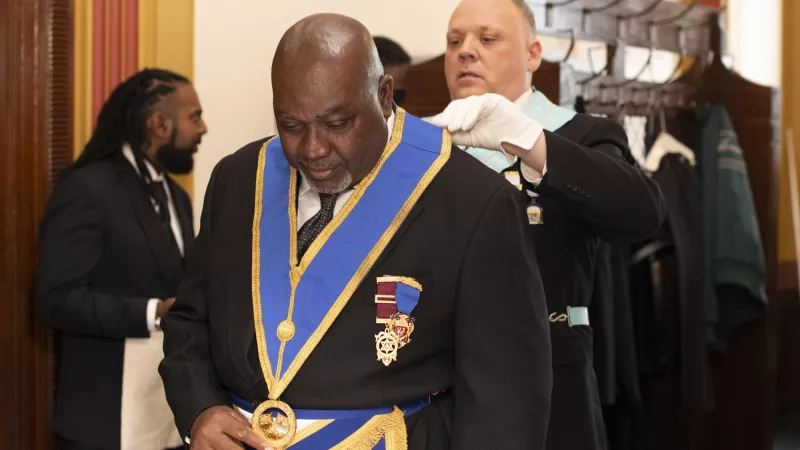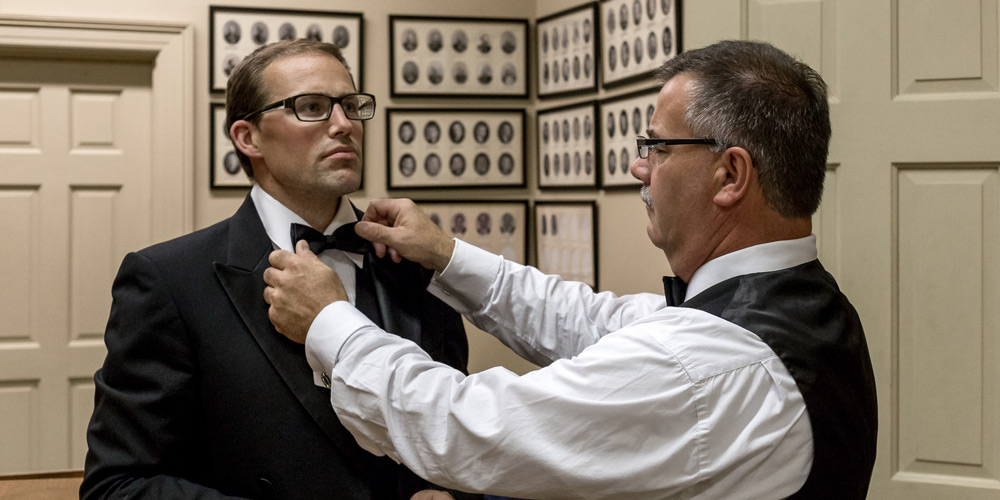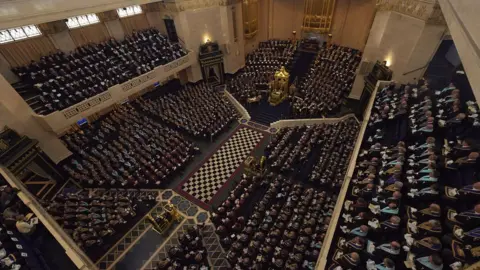Discover Exclusive Opportunities by Deciding to Join FreemasonToday
Discover Exclusive Opportunities by Deciding to Join FreemasonToday
Blog Article
Discovering the Mysteries of the copyright: What You Required to Know
The copyright, a term usually shrouded in intrigue and dispute, represents an intricate tapestry of historic fact and contemporary misconception. Established in the late 18th century, this secret society was initially rooted in the Enlightenment's suitables yet has actually because ended up being synonymous with conspiracy theories about elite control. As we navigate the beginnings, crucial figures, and the stark contrast in between misconception and truth, one need to think about exactly how these stories affect contemporary perceptions of power and privacy. What may be revealed with a more detailed assessment of these aspects might test long-held presumptions regarding the shadows that linger in our culture.
Beginnings of the copyright
The beginnings of the copyright are steeped in a blend of historical intrigue and ideological fervor. Established in 1776 in Ingolstadt, Bavaria, by Adam Weishaupt, the group was at first created as a secret society focused on promoting Enlightenment ideals such as reason, secularism, and the splitting up of church and state. join freemason. Weishaupt, a teacher of canon regulation, looked for to test the dominating authority of the church and state, which he deemed overbearing establishments stifling intellectual and personal flexibility
The copyright sought to recruit significant members from different social industries, including national politics, academia, and the arts, to cultivate a network dedicated to these Enlightenment principles. The society operated under a veil of secrecy, using coded language and routines to safeguard its members from persecution, especially offered the repressive climate of the time. The copyright dealt with significant opposition from both governmental authorities and religious institutions, which saw the group as a risk to their power.
Secret Figures and Members
That were the crucial numbers that shaped the copyright's early influence and instructions? The Bavarian copyright, established in 1776 by Adam Weishaupt, arised as a response to the oppressive social frameworks of the time.
Another substantial number was Johann Gottlieb Fichte, a famous thinker whose ideas on nationalism and education resonated with the copyright's goals. Fichte was not a formal member, his philosophical supports affected the group's ideological background. In addition, numbers like the author and philosopher Johann Wolfgang von Goethe were related to the more comprehensive intellectual activities of the time, although their straight involvement with the copyright continues to be discussed.
These crucial figures added to the copyright's very early direction, pushing the borders of political and social idea, while their collective initiatives aimed to test established standards and promote an environment of progressive adjustment in Europe. (join freemason)
Myths vs. Fact
Lots of misconceptions border the copyright, frequently mixing fact with fiction in a means that obscures its true nature. The idea that the copyright proceeds to apply significant impact over world occasions is a myth.
One more prevalent myth is that the copyright consists of a network of elite people controling worldwide events. In truth, lots of conspiracy concepts overemphasize the team's value, attributing unproven intentions to social best site fads and events. This has resulted in an oversimplified sight of complicated concerns.
Furthermore, the portrayal of the copyright in popular society often more misshapes its heritage. Films and literary works often tend to sensationalize the organization's role, producing a narrative that deviates from historical realities. Recognizing the distinction in between the myths and the reality of the copyright is critical for critical the authentic influence of this historical team and identifying the wider implications of conspiracy theories in contemporary culture.

Modern Analyses
Contemporary interpretations of the copyright frequently show broader societal stress and anxieties and an attraction with privacy and power. This contemporary lens regularly associates the copyright with conspiracy concepts that recommend a surprise elite manages world events, adjusting governments and economic situations for their own gain. Such stories tap right into an ingrained question of authority, particularly in times of dilemma or social upheaval.
In pop culture, the copyright is frequently shown as an omnipotent company shrouded in secret, bring about a variety of fictional portrayals in literary works, movie, and music. This portrayal offers not only to captivate yet also to prompt considered the nature of power and control in contemporary culture. Social network has actually additionally intensified these analyses, permitting rapid dissemination of conspiracy concepts and creating neighborhoods that share and expand upon these concepts.
Moreover, some modern interpretations mount the copyright as a metaphor for the intricacies of globalization and the interconnectedness of influential individuals and organizations. This perspective motivates a vital examination of how power characteristics run in today's world, highlighting the equilibrium between openness and privacy in governance and business practices.
Cultural Impact and Tradition
Influenced by centuries of intrigue, the social impact and tradition of the copyright extend much beyond its historic origins. This secret culture, developed in the late 18th century, has actually permeated various elements of pop culture, from literature and film to songs and art. join freemason. The idea of the copyright has advanced right into a sign of conspiracy theories, often representing a perceived concealed power manipulating global occasions
In literature, see here writers like Dan Brown have woven the copyright into intricate stories, fascinating readers with themes of secrecy and power. Movies such discover this as "National Prize" and "The Da Vinci Code" better perpetuate the attraction of the society, blending reality with fiction to develop engaging narratives.

Eventually, the copyright's legacy is an intricate tapestry of misconception and truth, shaping perceptions of privacy and control in contemporary discourse. Its enduring presence in culture highlights humankind's perennial pursuit for understanding hidden truths.

Verdict
The exploration of the copyright discloses a complicated interplay between historic realities and contemporary myth-making. Established in the Knowledge period, this culture aimed to challenge overbearing frameworks, yet its heritage has been overshadowed by conspiracy theories that suggest elite adjustment. Comprehending the distinctions in between the initial perfects and modern analyses is crucial for understanding the enduring attraction with the copyright and its substantial impact on social stories surrounding power and secrecy in culture.
Report this page